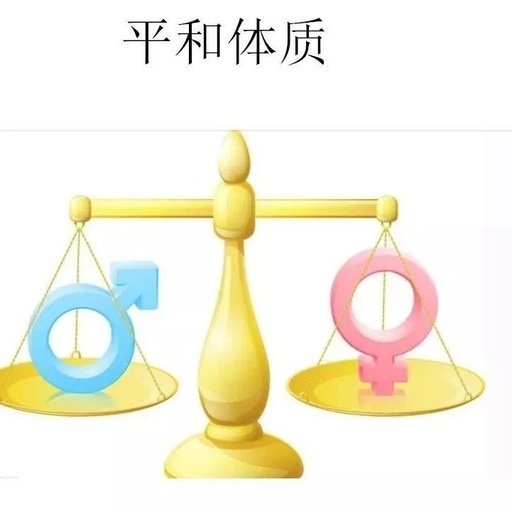Click on the arrow and the “blue text” to follow and receive good articles every day!

 Click the audio above to listen
Click the audio above to listen
The concept of constitution and health has been present since the “Huangdi Neijing” (Yellow Emperor’s Inner Canon), which is the earliest medical text in China. In the Huangdi Neijing, based on differences in body shape, skin color, cognitive ability, emotional responses, willpower, personality, and adaptability to seasonal climates, human constitution is classified into five major types: Wood, Fire, Earth, Metal, and Water. This is the earliest classification of human constitution in traditional medicine.
Later generations summarized the ancient experiences based on TCM theories and modern medical research, refining the classification of Chinese people into nine constitutions. In 2009, the national standard (Classification and Judgment of TCM Constitution) categorized people into nine types: one balanced and eight imbalanced.
Different individuals have different physical conditions. Different physical conditions require different health maintenance methods. TCM emphasizes health maintenance based on individual differences, so learning to distinguish one’s constitution allows for more effective health management.
So what is constitution? Let’s look at this image; I will explain what human constitution is through the growth of plants.
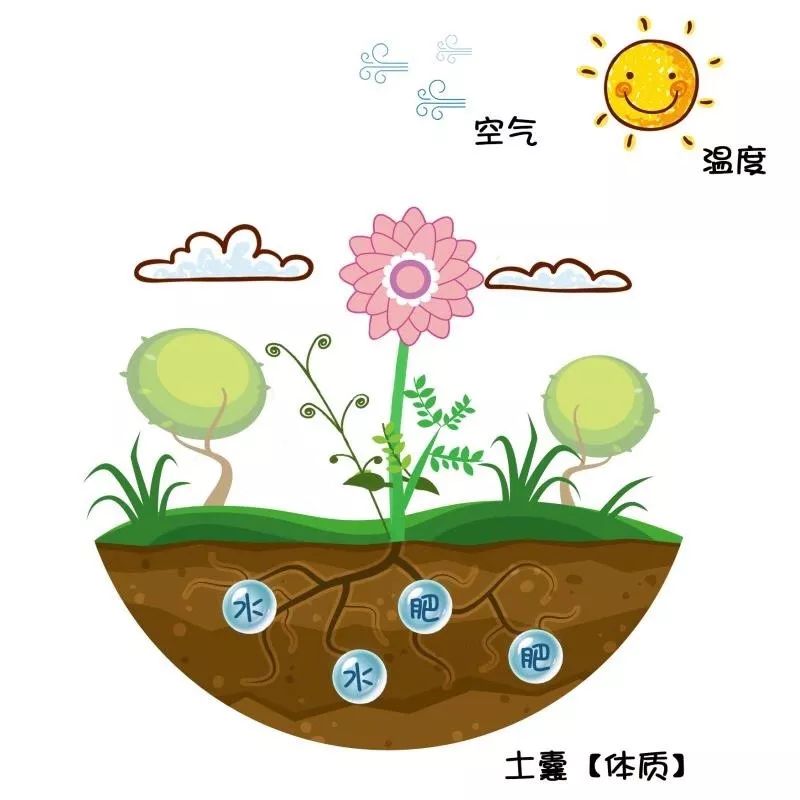
Plants require five major conditions for growth: air, temperature, water, fertilizer, and soil.
Plants need sunlight for growth; this sunlight’s temperature is equivalent to the human body’s temperature. Without temperature, a person is lifeless.
If a flower is covered with a bag, it will die because it lacks air. Thus, air is essential for plant growth, equivalent to the air we breathe; without air, a person will also die.
Plants also need fertilizer, which is equivalent to blood in the human body. Without blood, a person will die.
Plants require water, which corresponds to our bodily fluids. In TCM, useful water is referred to as bodily fluids, while used or ineffective water is termed phlegm-dampness. For simplicity, we refer to both useful and ineffective water as water. Without water, a person will also die.
When watering plants, if too much water is given, it can lead to excessive growth, causing stems and leaves to stretch excessively, resulting in many leaves but no flowers, similar to how excess water in the human body can lead to obesity. Conversely, if plants receive too little water, the leaves will turn yellow, dry, and shriveled, akin to how insufficient water can lead to weight loss in humans.
The most crucial requirement for plant growth is soil. Without soil, there can be no plants. The soil is the foundation for plant growth, equivalent to our constitution.
The flower on the plant reflects the complexion of a person. A healthy person has a rosy complexion, while a plant thriving in good soil requires air, water, temperature, and fertilizer.
If a plant lacks air, water, fertilizer, or temperature, it will become unbalanced and fail to produce beautiful flowers.
If a plant’s leaves turn yellow and wilt, it may be due to insufficient watering, lack of sunlight, or lack of fertilizer.
The quality of soil affects plant growth; if a piece of dry land lacks water, it becomes parched, while too much water turns it into mud.
We can classify constitution based on the conditions required for plant growth and those needed for the human body: air, water, temperature, and blood.
Good soil leads to healthy plant growth, requiring moderate temperature, air, water, and fertilizer. This is the balanced constitution; individuals with a balanced constitution have no imbalances in their physical conditions and are in a healthy state.


Regarding water, there are two types of constitution: phlegm-damp constitution and yin deficiency constitution.
Overwatering plants can lead to excessive growth, causing stems and leaves to stretch excessively and inhibiting flower bud differentiation, resulting in no fruit. In humans, excess water leads to a phlegm-damp constitution, characterized by obesity.
Insufficient water can disrupt the water balance within plants, causing them to wilt. If the water content falls below the minimum tolerance level, the roots cannot absorb enough water, leading to stunted growth and flower drop, eventually resulting in wilting and death. Individuals with insufficient water are considered to have a yin deficiency constitution, where water and blood in the body belong to the yin category; a deficiency in yin equates to a deficiency in water.
In a fire emergency, we call 119, but if the fire truck arrives without enough water, it cannot extinguish the fire. This is what we often refer to as yin deficiency with excess fire; insufficient water can easily lead to excessive heat. Therefore, individuals with a yin deficiency constitution tend to have higher body temperatures. The yin deficiency constitution has two characteristics: one is a lack of water, and the other is excess fire.


Regarding temperature, there are two types of constitution: yang deficiency constitution and yin deficiency constitution.
Low temperatures can reduce or deactivate enzyme activity within plant cells, and prolonged exposure to low temperatures can lead to plant death. Some plants have poor cold resistance; when temperatures drop, their leaves may turn yellow, wilt, or even freeze to death!
To ensure healthy plant growth, they need plenty of sunlight, which helps them resist cold and enhances photosynthesis for better growth.
Some individuals are particularly sensitive to cold; while others wear one coat, they wear two, and they may carry a scarf or shawl to keep warm. They are afraid of air conditioning, and their hands are often cold. This indicates a lack of warmth, characteristic of a yang deficiency constitution. In TCM literature, whenever we see the term “yang,” we associate it with temperature.
Why do we often discuss yang and qi together? Because yang energy represents temperature; without the circulation of qi, temperature cannot be transmitted. Thus, yang and qi are often discussed together as yang energy.


Regarding temperature and water, there is the damp-heat constitution.
If plants are exposed to excessive sunlight and overwatered, their roots may begin to rot.
When the internal environment of the human body is both damp and hot, it is conducive to bacterial growth and inflammation, leading to skin issues such as acne. This is the damp-heat constitution.


Regarding fertilizer, there is the blood stasis constitution.
Plants require fertilizer, which is equivalent to blood in the human body. If fertilizer is not evenly distributed during application, it can accumulate in one area, similar to blood stasis in the body. Individuals with blood stasis often have skin blemishes due to poor circulation and the accumulation of toxins in the blood.


Regarding qi, there are the qi deficiency constitution and qi stagnation constitution.
Like humans, plants also breathe continuously; when breathing stops, the plant’s life ceases. Plants do not have specialized respiratory organs; their respiration occurs in every living cell. Due to the subtlety of plant respiration, it is often overlooked, yet it is a crucial part of their metabolism, involving the continuous absorption of oxygen from the air and the oxidation of organic matter within.
Some individuals lack energy; they become breathless after climbing just two steps or feel exhausted after minor tasks. These individuals are considered to have a qi deficiency constitution, characterized by shortness of breath and reluctance to speak.
When qi circulation is obstructed, we define it as qi stagnation. Stagnation refers to a blockage that prevents circulation. The liver governs the function of smooth flow; if this function is impaired, it leads to liver qi stagnation, causing feelings of oppression, chest tightness, and a tendency to be overly meticulous, often described as being petty. This is the qi stagnation constitution.


The last type is the special constitution, characterized by a tendency to allergies.
To improve soil quality, we need to adjust temperature, air, water, and fertilizer to moderate levels.
In our bodies, qi and temperature belong to yang, while water and blood belong to yin. The balance of yin and yang is essential. Therefore, adjusting constitution is quite simple: if there is excess water, we expel it; if there is insufficient water, we add some. If qi is insufficient, we supplement it; if qi is blocked, we clear it. If blood is blocked, we promote circulation; if temperature is insufficient, we increase it.
Thus, if plants are not growing well, it is a soil issue. The soil represents our constitution; if the constitution is problematic, the symptoms of discomfort cannot be fundamentally resolved.
Constitution refers to an individual’s physical quality and overall health.
If plants are not growing well, how can we improve the soil? If I want to turn dry soil into fertile soil, what should I do? Watering and fertilizing. If I want to turn muddy soil into fertile soil, what should I do?
First, for excess water, we can dry it out under the sun and raise the temperature.
Second, for excess water, we need to drain it to maintain a balanced moisture level; this is called correction.
Everyone has two constitutions: one is congenital, and the other is dynamic, which can change over time. From the moment the sperm and egg from parents combine, your congenital constitution is determined.
Your constitution can change due to various factors in life, such as moving from the north to the south, where the climate is humid, frequently eating spicy foods, experiencing poor emotions, and high work pressure. If your body cannot adapt, you may develop many skin issues like eczema or acne, leading to a damp-heat constitution. Therefore, adjusting constitution is about correcting it.
Different constitutions react differently to external stimuli. For example, when camping outdoors, some people may fall ill or catch a cold due to environmental changes, while others remain unaffected.
Why do some people take a long time to recover from a cold despite medication, while others recover quickly just by drinking water? This is due to the differences in constitution affecting the progression and transformation of illness.
Our ability to adapt to social and natural environments often relates to our constitution. For instance, attitudes towards the same event can vary; some people are cheerful and optimistic, while others are melancholic and troubled. The same situation can elicit different reactions and outcomes in different individuals.
Understanding constitution allows us to prevent diseases. With the changing social environment, chronic diseases are becoming more prevalent. For such diseases, prevention is more important than treatment. By focusing on our constitution and making adjustments, we can prevent diseases from occurring.
The quality of constitution determines whether we get sick and what diseases we are prone to. Different individuals have different constitutional characteristics, primarily due to their unique genetic backgrounds inherited from their parents, as well as the influence of various external factors that shape their constitution. This explains why one person may develop hypertension while another may suffer from breast disease.
For instance, individuals with a phlegm-damp constitution are prone to hyperlipidemia, hypertension, coronary heart disease, and diabetes.
Chronic prostatitis patients often have damp-heat and qi stagnation constitutions.
Individuals with allergic constitutions are often sensitive to factors like cold, pollen, paint, and seafood, and can easily develop allergies.
Moreover, individuals with systemic lupus erythematosus commonly exhibit a yin deficiency constitution.
So why do some people recover quickly from the same illness while others take longer? The factors of constitution not only determine what diseases one may contract but also influence the progression of the illness, a concept often referred to in TCM as “conformity.” In simpler terms, the progression of disease often aligns with the attributes of one’s constitution; for example, individuals with a yang deficiency constitution typically exhibit cold symptoms when ill, while those with a yin deficiency constitution often show signs of heat.
Constitution factors dominate the transformation of diseases and influence their course. This explains why individuals with the same illness may experience different sensations and manifestations. It also clarifies why some recover quickly while others take longer, which is related to individual differences in constitution strength.
We know that after falling ill, one either recovers or struggles to heal, with outcomes varying between good and bad. While the severity of the illness and the appropriateness of treatment play roles, a significant portion is determined by constitution factors.
Due to the vast differences in constitution, the progression of illness can be complex and varied. Individuals with strong constitutions have better resistance to disease and generally recover quickly, while those with weak constitutions are more susceptible to illness and may experience deterioration, making recovery difficult. Thus, constitution is closely related to disease, and constitution and health are inseparable.
Some may worry about their poor constitution. There is no need to be concerned; constitution can be adjusted. Our congenital constitution is influenced by genetic factors from our parents, so it has a certain stability.
However, this stability can change. Throughout life, various factors such as environment, mental state, nutrition, exercise, and illness can influence and alter one’s constitution, making it dynamic and changeable. Therefore, constitution can be adjusted.
If we understand our constitution type before falling ill and take proactive measures to improve it, we can avoid future diseases or prevent recurrence after surgery.
Today, I will share in detail the first type of constitution: the balanced constitution, which represents the constitution of healthy individuals, where various aspects of the body are in a state of balance. It is like a balance scale that remains in equilibrium.


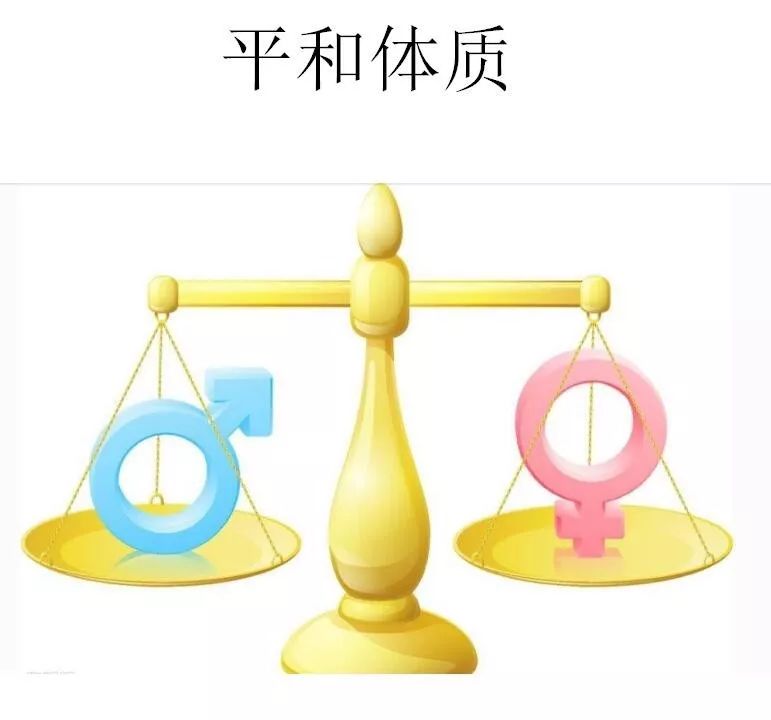
Individuals with a balanced constitution maintain a state of equilibrium. They are generally energetic and not easily fatigued. Externally, they appear neither overweight nor underweight; their height and weight are proportionate, and they are neither too fat nor too thin. Their personality is also relatively cheerful; they can take a joke and find it amusing without getting angry.
Most importantly, they rarely get sick. They typically do not visit the hospital for a year, experiencing only occasional minor colds that do not affect their studies, work, or life.
The World Health Organization has defined health as “not merely the absence of disease or infirmity but a state of complete physical, mental, and social well-being.” In simple terms, health is a state of balance. If the body is well but one is easily angered, irritable, or unable to get along with others, that does not constitute health or a balanced state.
Individuals in a balanced state can cope with setbacks and various difficulties. They maintain both physical and mental health, which defines the balanced constitution. Those with a balanced constitution have a good complexion, abundant energy, and excellent psychological resilience. The key to a balanced constitution is inner peace; when the mind is calm, all parts of the body can coordinate, leading to health.


The healthy balanced constitution has the following nine characteristics.
1: Physical form. Individuals with a balanced constitution have a uniform physique; their height and weight are proportionate, and they are neither too fat nor too thin, maintaining a steady weight and firm muscles.
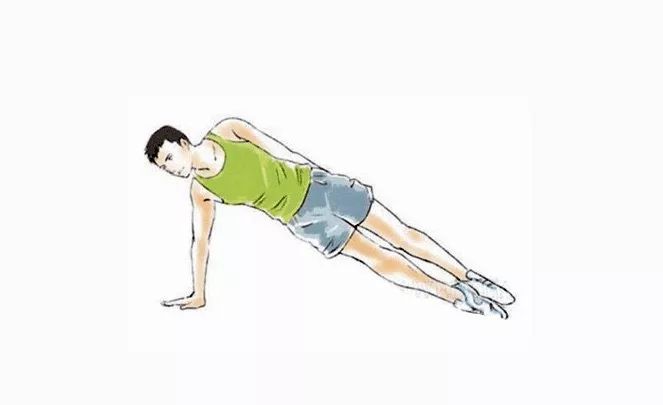

2: Behavioral dynamics. Individuals with a balanced constitution walk at a moderate pace, react quickly, and maintain a steady rhythm.

3: Mental state. Individuals with a balanced constitution have bright eyes, active thinking, and a lively spirit, full of energy and vitality.


4: Skin color and complexion. Individuals with a balanced constitution have an even skin tone, a healthy glow, and a complexion that is subtly rosy.

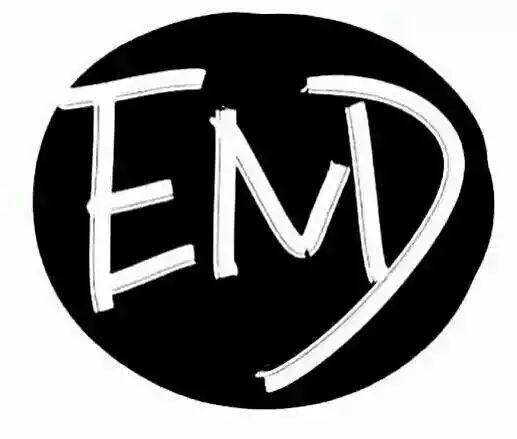
Health | Concepts | Growth
– The Way of Great Spring –
Scan the QR code for consultation on practical classes


✬Let every family have someone who understands health✬
Inspire to influence the lifestyle habits of one billion people and change one billion families

